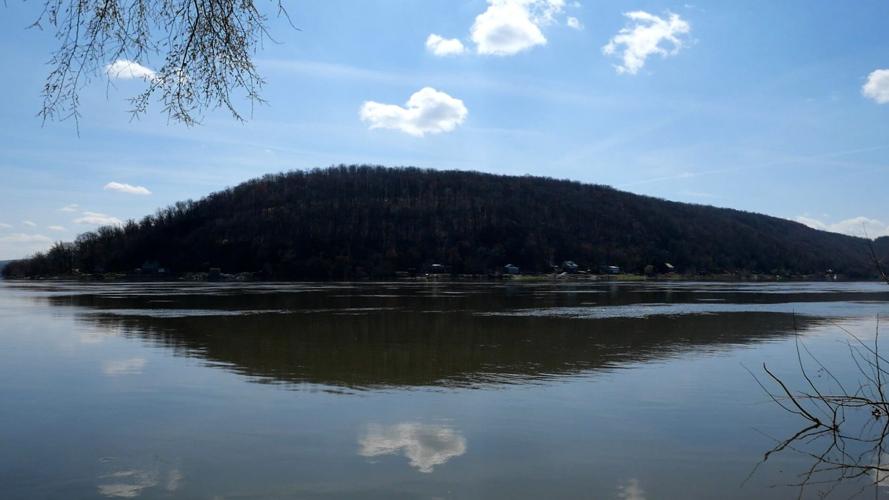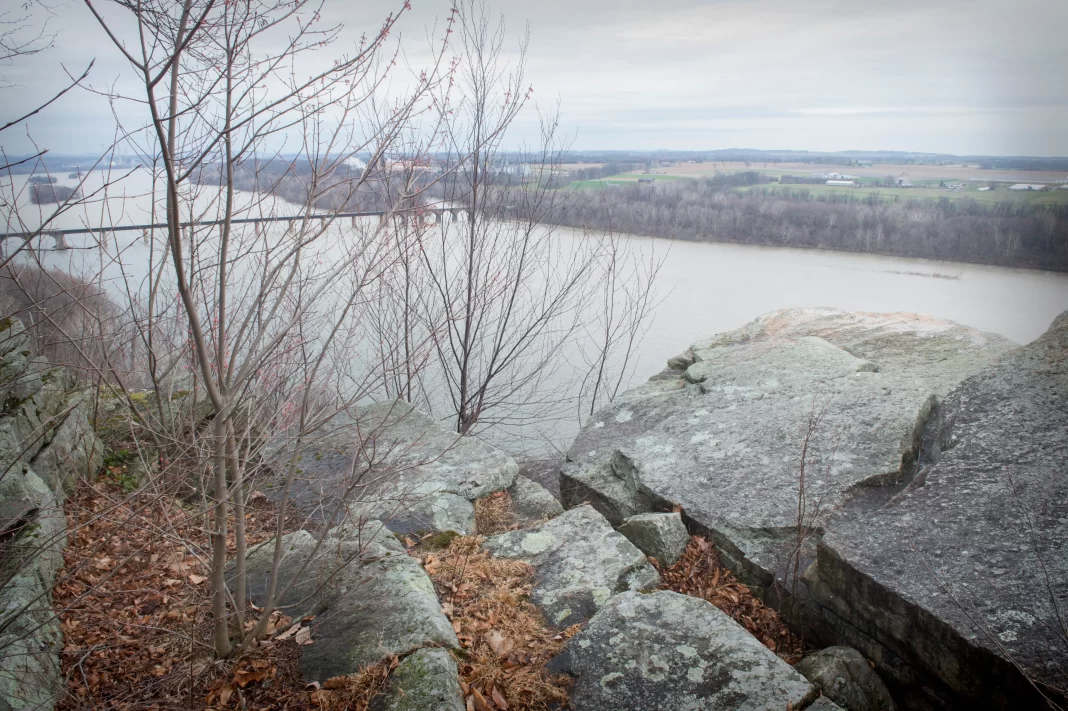The Lancaster Conservancy Acquiring Roundtop
Have you ever come across a vast expanse of pristine land, perhaps situated close to a river, and thought to yourself, “Wouldn’t it be amazing to own this?” I can only imagine that this was one of the thoughts running through the mind of Phil Wenger, CEO and President of The Lancaster Conservancy, when they embarked on the journey to acquire a large parcel of land in Hellam Township, PA.

“As the Conservancy protects and restores the York Susquehanna Riverlands, we are protecting this amazing river gorge forever,” said Wenger. “We are excited to invite major York donors to invest in this landscape to match our public grants and save these amazing forests.” -Phil Wenger
Located 25 miles downstream from the Pennsylvania State Capitol along the Susquehanna River, the Roundtop land has a rich history and boasts stunning forests. Its acquisition represents a significant win for the Hellam Hills Conservation Area, which already stretches from Wrightsville to a small tributary of the Susquehanna. The addition of this land further cements the Nature Preserves’ commitment to preserving public ground, increasing its ownership to over 2500 acres.
The Importance of Protecting Habitats for Native Species
The Conservancy has had its sights set on this area since it first acquired the initial tract of Hellam Hills in 2016. The protection of this land is critical due to its habitat for native fish, plants, and animals. The contiguous forests will serve as a natural barrier against pollutants and erosion resulting from major flood events.
Preserving Opportunities for Outdoor Recreation
Roundtop also boasts incredible vistas on both sides of the county line of York and Lancaster and provides protection for trails, allowing for multiple hiking opportunities. Among these opportunities is the popular Mason-Dixon trail, which runs parallel to the river and the Roundtop property.
The Impact of Past Human Activities on the Land
With this acquisition, the Conservancy is dedicating itself to protecting the natural growth of the forest and habitat enhancements under its protection forever. This marks a drastic change from the land’s past life, where large-scale mining and timber harvests had scarred the area. Back when environmental agencies like this did not exist or did not have the foresight to purchase land for outdoor recreation, the constant push of industrialization and human development stripped the land of its resources with no thought for their conservation.
The vast amounts of timber available in Pennsylvania led to its name “Penn’s Woods,” with the river at the epicenter of such developments. It wasn’t uncommon for there to be so many logs that you could not see the water. These logs would make their way down the river to one of the 60 sawmills lining the river. It is astonishing to think that this occurred only 100 years ago.

The Importance of Conservation Efforts Today
It is truly amazing to see how far conservationists have come since that time, and I am excited to see what the future holds in terms of conservation. Maybe ever the states will take action such as West Virginia, which acquired 18,000 acres in 2019. However, it takes everyone doing their part to ensure our wild places remain wild and can be enjoyed long after our departure from this earth.















